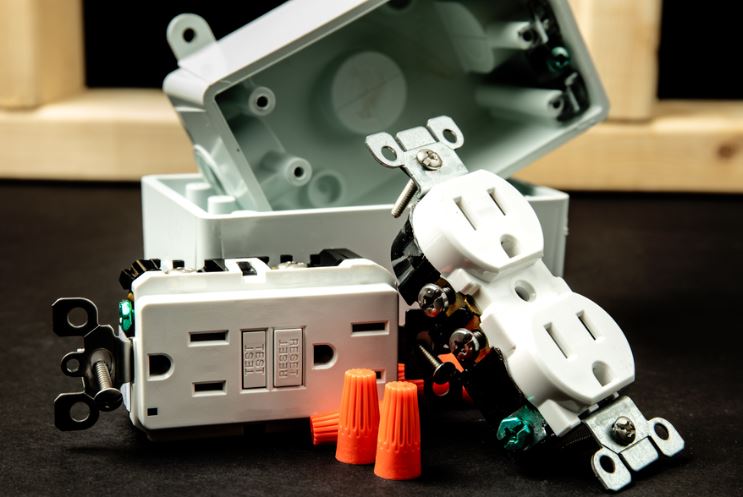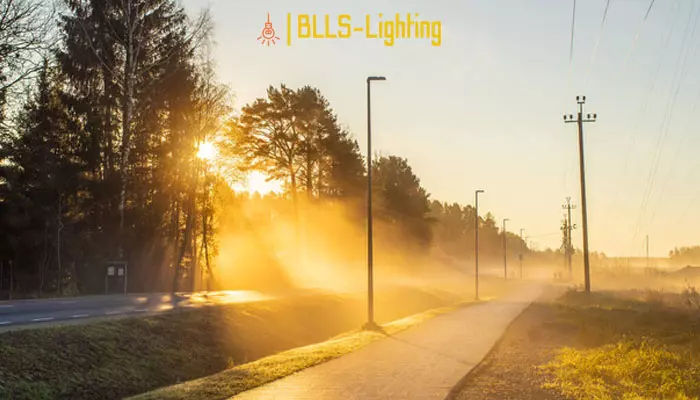In the ever-evolving realm of lighting technology, Color Correlated Temperature (CCT) has emerged as a crucial factor that demands our attention. CCT lighting plays a pivotal role in shaping our visual experiences, influencing everything from our daily tasks to our overall well-being. As we navigate the intricacies of modern illumination, understanding the significance of CCT lighting becomes essential.
So, what is CCT in Lighting, and why should we care? Let’s delve into the world of Color Correlated Temperature to uncover its impact on our environments and the way we perceive light.
What is Correlated Color Temperature (CCT)?
Correlated Color Temperature (CCT) is a numerical measurement in degrees Kelvin that characterizes the warmth or coolness of a light source. Light bulbs typically span from 2700K (warm, incandescent color) to 5000K or higher (bright, white daylight color).
In residential settings, the preferred color temperature options are often 2700K and 3000K. Both create a warm ambiance, contributing to an inviting and relaxing atmosphere.
For retail or commercial spaces, 4000K is a popular choice, offering a crisper and more energetic shade of white. In industrial or task-oriented settings, 5000K or even 6500K is favored, as these color temperatures closely mimic natural daylight.
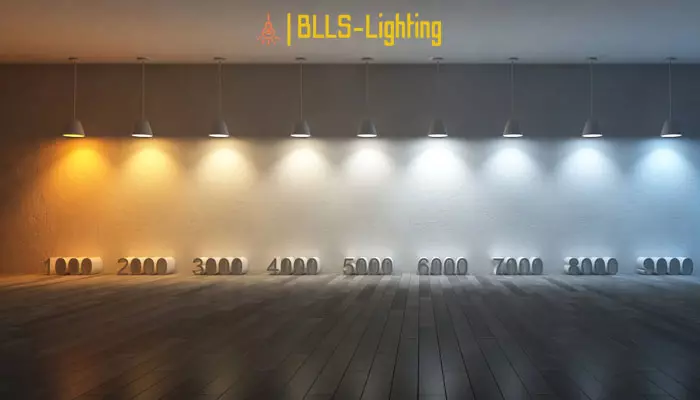
What is Color Rendering Index (CRI)?
The Color Rendering Index (CRI) of a light source indicates how faithfully it reveals the colors of an object. This value is measured on a scale, with 100 being the highest score. Standard bulbs typically have a CRI value of 80, while high CRI bulbs boast a rating of 90 or above.
To illustrate, consider a painting illuminated by a light source with a CRI of 70. In this case, the colors of the artwork may appear inaccurate or distorted. Conversely, if the same painting is lit by a source with a CRI of 95, the colors are likely to appear true to life and natural.
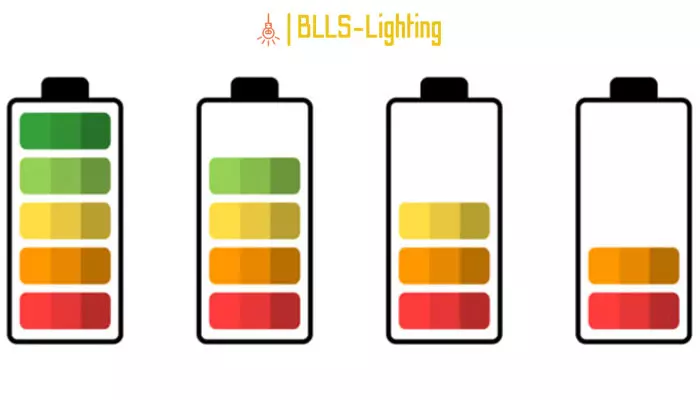
What is the difference between CRI and CCT?
In the earlier explanation, we delved into the distinct roles of CCT and CRI in color assessment. CCT informs us about the color of the light emitted by a bulb, easily discernible by directly observing the light source.
In contrast, the CRI value doesn’t disclose the light’s color; instead, it reveals how colors appear under the light source. The term “renders” is used because the light source affects the color presentation of an object. Unlike CCT, you can’t ascertain a light bulb’s CRI value by simply observing the light itself. Instead, it requires assessing the colors of objects illuminated by the bulb. This concept is exemplified when photographers and artists utilize a “color checker,” employing a standardized palette to gauge color rendering quality.
Measuring a light source’s CRI value necessitates specialized spectral measurement devices. Lighting manufacturers depend on data from these devices to provide and assure color rendering-related metrics.
How are CCT and CRI related to each other?
Despite capturing different facets of light color, CCT and CRI are intricately linked in their computations. As previously highlighted, CRI serves as a measure of a light source’s precision, but to define this “accuracy,” we must establish a reference point. When evaluating the color presentation of, say, a painting, determining the ideal appearance involves identifying the reference standard.
To gauge light accuracy, we initially ascertain the color temperature of a light source, establishing a reliable reference point. Each color temperature corresponds to a “reference standard” deemed as the most accurate or natural lighting for that temperature. For instance, 2700K aligns with the reference standard of an incandescent bulb, while 6500K correlates with the reference standard of natural daylight (at noon on a midsummer day at the equator).
In the context of the painting analogy, if we measure a light bulb’s color temperature at 2700K, we assess the colors relative to an incandescent bulb, not natural daylight. This is because the warm, yellowish nature of a 2700K light source deviates from the characteristics of natural daylight.
Conversely, if the color temperature of a light bulb is measured at 6500K, we compare the color appearance to its manifestation under natural daylight. This connection between CCT and CRI underscores the importance of considering the specific color temperature and its corresponding reference standard when evaluating the accuracy of light sources.
Benefits and how to use CCT
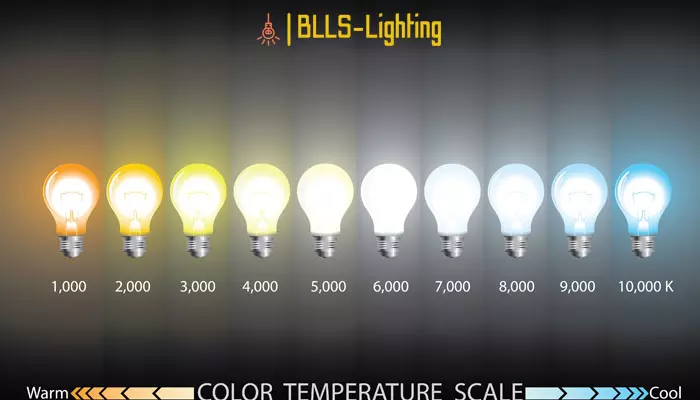
Benefits of CCT
CCT stands out as a superior choice compared to average light sources due to its purposeful design that tailors the lighting conditions to specific settings.
Warm white light, reminiscent of the sun’s rising or setting, creates a welcoming and cozy atmosphere. This makes it an excellent choice for spaces like hotel lobbies, guest rooms, or even personal homes, inviting people in with its comforting ambiance.
On the other hand, neutral and cool light replicates the natural changes in daylight, making it an ideal option for office spaces. This type of lighting has the potential to uplift workers’ moods and enhance alertness.
Opting for CCT also offers the flexibility of up to four selectable color temperatures in a luminaire. These color options can be easily changed at any point in the luminaire’s lifecycle.
Furthermore, CCT luminaires are space-saving, providing a practical solution for wholesalers by reducing shelf space with multiple color options in a single luminaire. Installers, when purchasing CCT luminaires, have the freedom to choose the most suitable light color initially and still retain the option to change it after the fitting has been acquired. Explore more about what is indirect lighting and the versatility of CCT Light solutions for optimal lighting design.
How to use CCT
In various products, you’ll often find the option to adjust the color temperature, typically ranging between 3000K warm white, 4000K neutral white, and 6500K cool white. Some products even offer options tailored for outdoor settings. Let’s delve into the typical applications of different color temperatures (CCT) in various spaces:
- 3000K Warm White: This hue is commonly employed in residential settings, restaurants, and hotel receptions. Its warm glow fosters a cozy and inviting ambiance, perfect for relaxation and socializing.
- 4000K Cool White: In contrast, this cooler tone is favored in retail environments, supermarkets, showrooms, offices, educational institutions, hospitals, and manufacturing facilities. The brightness it offers promotes mental alertness and effectively complements merchandise or tasks within these spaces.
- 6500K Daylight: Often utilized in graphic studios, as task lighting, or in non-display garages, this daylight hue is optimal for spaces where precision and attention to detail are paramount. It provides ample illumination, aiding in meticulous tasks.
For those seeking versatile lighting solutions for homes, offices, retail outlets, or hospitality venues, CCT selectable luminaires prove invaluable. Their adaptability ensures optimal lighting conditions for any environment, enhancing ambiance and functionality throughout the day. Explore more about volumetric lighting, CCT selectable luminaires, and their versatile applications.
Choosing color temperature according to application: Detailed instructions
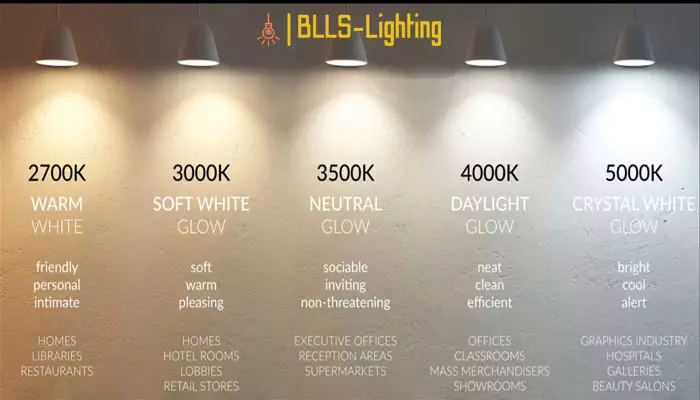
Outdoor/ Parking
- Outdoor site lighting, parking garages, security lighting: Typically prioritizing efficiency, a preference lies in the 3000-4000K range. However, cooler temperatures in the 4000-5000K+ range are commonly utilized.
Retail
- General retail: Lighting choices vary based on brand and ambiance. Most US retailers opt for lighting between 2700K to 4000K, sometimes mixing color temperatures.
- Jewelry display (especially diamonds, or silver): Cooler temperatures around 3500-4500K+ are preferable.
- Jewelry display (mixed metals): Alternating warm (2700K) and cool (4000K) temperatures based on display items is common.
Restaurant
- High-end restaurants: Warmer temperatures (1800-2700K) create a pleasing atmosphere.
- Quick-serve restaurants: Slightly warmer temperatures (2700K to 3500K) are favored, though not as warm as high-end restaurants.
Hotel
- Hotel lobbies: Warm temperatures (1800-3000K) contribute to a welcoming ambiance.
- Hallways and common areas: Matching the lobby’s temperature is generally suitable.
- Guest rooms: Typically fall in the 2700-3000K range for a cozy atmosphere.
Commercial Office
- Office space: Neutral to cool temperatures (3000-4000K) are commonly used.
Heal Thcare
- Hospitals: Cooler temperatures (3500K to 5000K) create a clean, alert atmosphere.
Schools & Universities
- Dining areas: Warmer temperatures (2700-3500K) are preferred.
- Common areas and classrooms: Cooler temperatures (3500-5000K) promote alertness and energy.
Questions to consider when selecting color temperature
What atmosphere are you trying to create?
Consider the mood you want to evoke. Are you aiming for intimacy, coziness, alertness, or an energetic ambiance? Tailor the color temperature to match the desired atmosphere, keeping your audience in mind.
What kind of colors do you want to highlight?
Assess the color palette of your environment. If your space features cool tones like blue, silver, or white, cooler color temperatures may enhance the ambiance. Conversely, spaces with warm tones such as wood, gold, or red may benefit from warmer color temperatures.
While there are general guidelines, exceptions exist. It’s wise to choose a color temperature that complements the existing color scheme. Additionally, neutral-toned spaces can easily adopt different moods based on the lighting color, shifting from warm and inviting to energetic and active with a simple adjustment.
Conclusion
CCT or Correlated Color Temperature is a crucial concept in lighting that refers to the perceived warmth or coolness of light emitted by a source. Understanding CCT allows for the selection of lighting solutions that align with the desired atmosphere and functionality of a space. By considering factors such as the intended application, audience preferences, and existing color schemes, CCT empowers individuals to create environments that are not only visually appealing but also conducive to specific activities and moods. Explore more about what is a lighting gobo and the versatility of CCT Light solutions for optimal lighting design.


